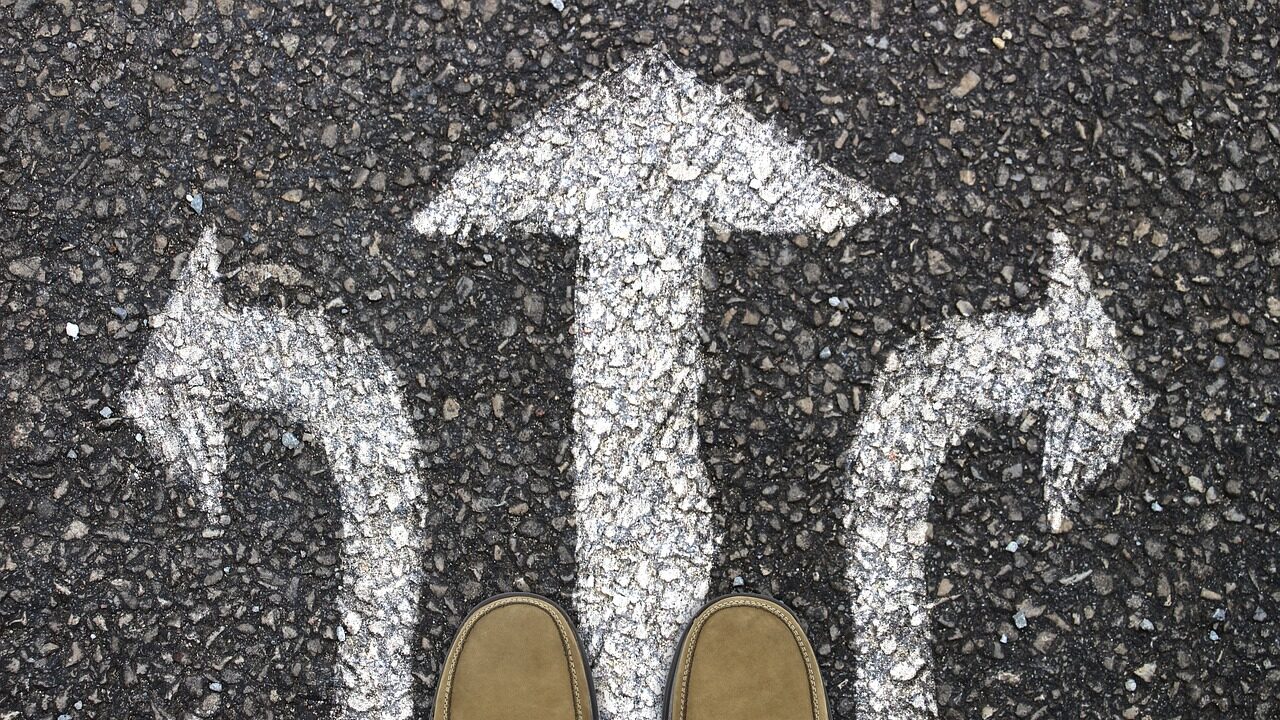How to learn “where to capture the ball to make it fly in the right direction”(2)
Things to pay attention to
As I mentioned about “problematic practice”, in the first article of this series (1/5), what is important is whether or not the practice is valid for grasping “where to capture the ball to make it fly in the right direction”.
The position where you should capture the ball is different depending on where you set it, and of course it also depends on where you set it from on the court. First of all, we cannot find the appropriate position unless we assume that it changes depending on the situation. Aren’t you telling your players to “always capture the ball in the same position”?

The next problem is when the player doing the work does not feel whether or not he or she has captured the ball in the “proper position”, but if he or she is asked to “get under the ball and catch (stop) it,” he or she will not know whether or not it is in the “proper position”. Only by actually hit it up you can see “which direction it flies”, in other words, you can tell whether the position you cptured it in was appropriate or not.
The same problem occurs in the case of “hold and throw”. By holding the ball, you can “move it from the position where you caught it and throw it at a different position”, which means that there is no way to know if the position where you caught the ball was appropriate or not.
It is better to move (step) in a straight line to the position where the ball should be captured, and to stop without changing direction, because it takes less time and the possibility of making it in time is greater. It would be better to experience various patterns of “how to stop the body”.

If you find that you cannot reach the position you want to reach in time, it is important to switch to underhand or one-handed set. Once you have an image that you can “make it in time”, you will try to move at your maximum speed, and you will be able to find a way to stop with less loss.
Players who are not “agile” are often unaware of their “in time” state, and when they practice making themselves aware of it, they will most often move at their personal limit of speed.
What we want to pay special attention to here is to “respect the player’s own judgment”. If players cannot trust their own judgment, they will not be able to take the most appropriate action.
For example, if a player makes a mistake by trying too hard because he/she thinks he/she will make it in time, he/she may be asked to reflect on his/her judgment, but the fact that he/she made his/her own judgment and acted accordingly will not be denied. Only when you are protected from believing in your own judgment and acting accordingly, will you be able to modify your judgment criteria.

Up to this point, I have actually written on the premise of “side-setting”, but your instructor may not allow you to do so and may tell you to “turn your body in the direction of the set. In that case, I think you can still visualize “what position and stance you should take in relation to the ball to be able to set it where you want to”, and stop your body so that you can get into that position.
What you should not do is to take several steps: “get under the ball”→ “position yourself toward the target”→ “look at the target”→ “set” and so on. No matter how much time you have, it will never be enough. Make sure you have a clear image of the situation of capturing the ball, and try to get into that position with a single motion.
As explained in the previous issue of “Coaching Volleyball” published by the Japan Volleyball Association, the basics of the “side set” are described in “Principles of Set Movement” on p.143 and “Setting Practice Methods” on p.150.
In “Coaching Volleyball,” it says, “You can control the ball accurately if you capture the ball at the position connecting the vertical line of the center of gravity and the set target and move both hands toward the target”, using the term “on the vertical line of the center of gravity”, while the video [Forum] Biomechanics of Sets (Part 2) simply uses “body” and this article uses the term ”center of the body.”
This is actually an ambiguous point, and my understanding at this point is that it is something that will be acquired as the player gains control of the ball in various directions.




